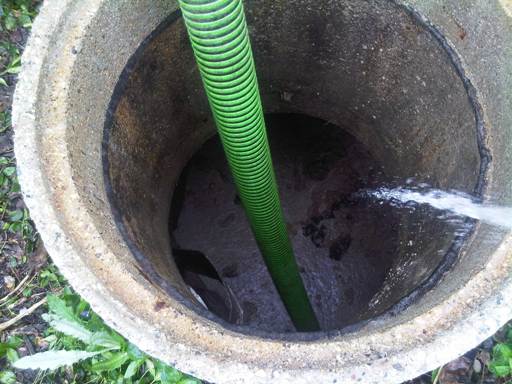Your Aero-Stream® system will extend the life of your current septic system indefinitely if you run the unit continuously and implement the septic systems best practices.
All septic systems depend on a delicate balance of living microorganisms and organic matter in order to process sewage. This balance can be disturbed by misuse and lack of maintenance. Outlined below are some of the many best practices every septic system owner should implement to maximize the performance and life of their septic systems.

Best Practices for Septic Systems
The cost to repair a septic system depends on if you choose a full system replacement or conversion from an anaerobic to an aerobic system with an Aero-Stream® product.
- Have the solids pumped from the septic tank periodically but not too often. Most state or local government health departments have specific regulations regarding the frequency of pumping septic systems. Pumping the septic tank too often can deplete the amount of bacteria in the septic tank which affects the septic systems ability to treat the waste water. Depletion of bacteria in the tank will allow more suspended solids to flow into the drainfield for a period of time resulting in excessive biomat growth.
- Repair all leaky faucets and fixtures. Continuously leaking water can cause hydraulic overloading of septic systems, reducing hold time. Reduced hold time will allow more suspended solids to flow into the drain field for a period of time resulting in excessive biomat growth.
- Do not use flush-activated toilet bowl tablets or treatments. These contain excessive amounts of bleach or other chemicals which will kill bacteria in the tank, allowing more suspended solids to flow into the drainfield for a period of time resulting in excessive biomat growth.
- Install lint traps on all laundry washing machines. When a laundry washing machine drains, lint can make its way into septic systems. Lint does not readily degrade and can permanently clog a drain field.
- Keep the use of antibacterial soaps to a minimum. Antibacterial soaps will kill bacteria in septic systems, allowing more suspended solids to flow into the drainfield for a period of time resulting in excessive biomat growth.
- Keep garbage disposal use to a minimum. Excessive introduction of organic material into septic systems can overload the bacteria, allowing more suspended solids to flow into the drain field for a period of time resulting in excessive biomat growth.
- Keep the use of household cleansers containing chlorine bleach to a minimum. These cleansers will kill bacteria in septic systems, allowing more suspended solids to flow into the drainfield for a period of time resulting in excessive biomat growth.
- Do not flush inorganic materials such as cigarette butts, plastic wrappers, feminine sanitary products, or disposable diapers down the toilet. Inorganic material is impossible for the bacteria to digest and can permanently clog a drain field.
- Be aware of the amount of water introduced into septic systems per day or week. Hydraulic overloading can occur if the rate of water discharge exceeds the septic systems processing capacity.
Install water conserving fixtures such as toilets, shower heads, laundry washing machines, dishwashers, and faucets. They will reduce the possibility of hydraulic overloading. Hydraulic overloading will reduce hold time, allowing more suspended solids to flow into the drainfield for a period of time resulting in excessive biomat growth. - Use an effluent filter in the outlet baffle of septic systems. An effluent filter will reduce the suspended solids content in the effluent which will prevent excessive biomat growth or permanent drain field clogging.
The Septic Systems Owners Manual
Nobody plans for the expense of having septic tank problems. Whether your septic system is new or failing, this manual is a must read for any homeowner. Understand the causes and discover the solutions to your septic system and septic tank problems.
- The Reality of Your Septic System
- Terminology and Definitions
- Understanding Septic System Costs
- How Does a Septic System Work?
- Septic System Components – Septic Tank
- Septic System Components – Drainfields I
- Septic System Components – Drainfields II
- Septic Tank Problems – How a System Fails
- Resolving Septic System Problems
- Septic System Use and Maintenance Guidelines
